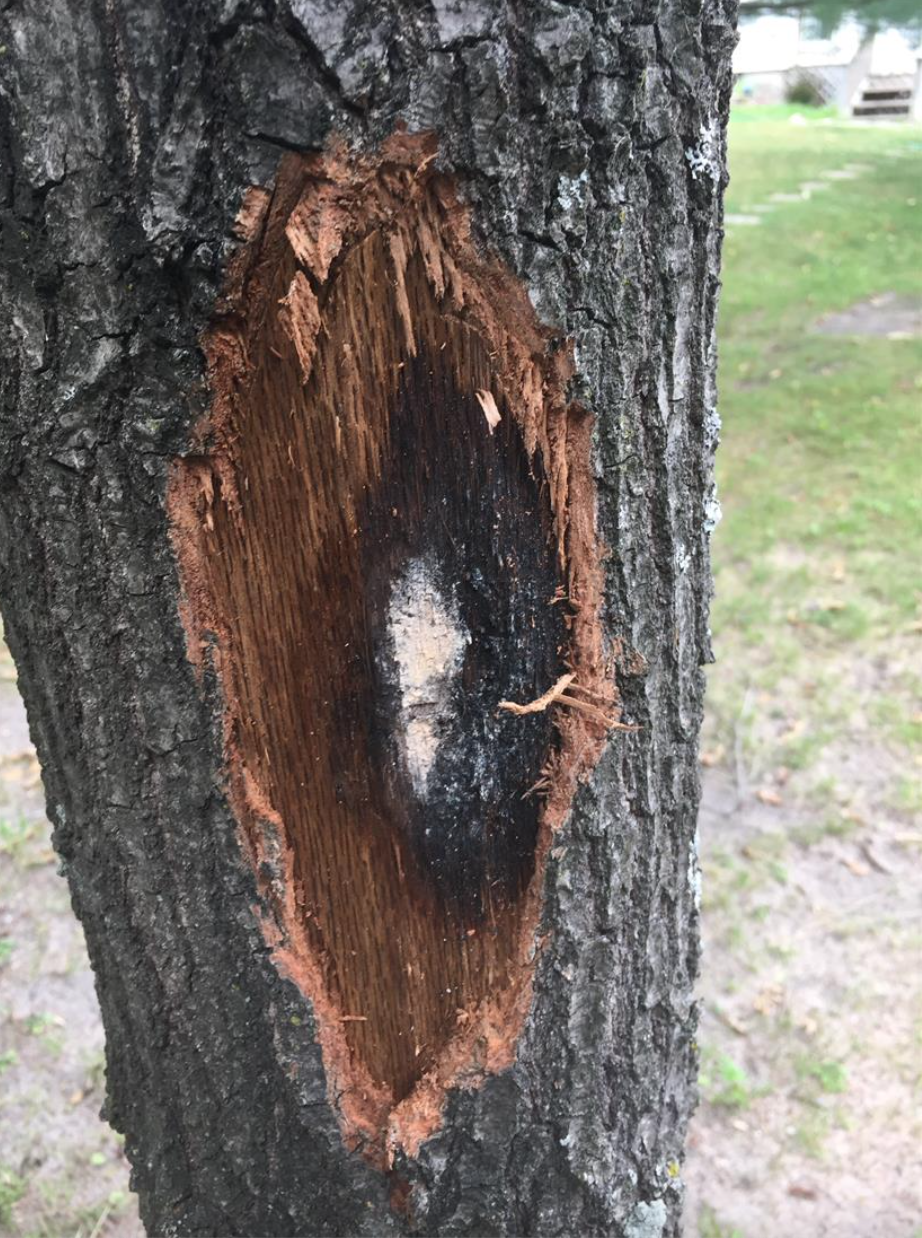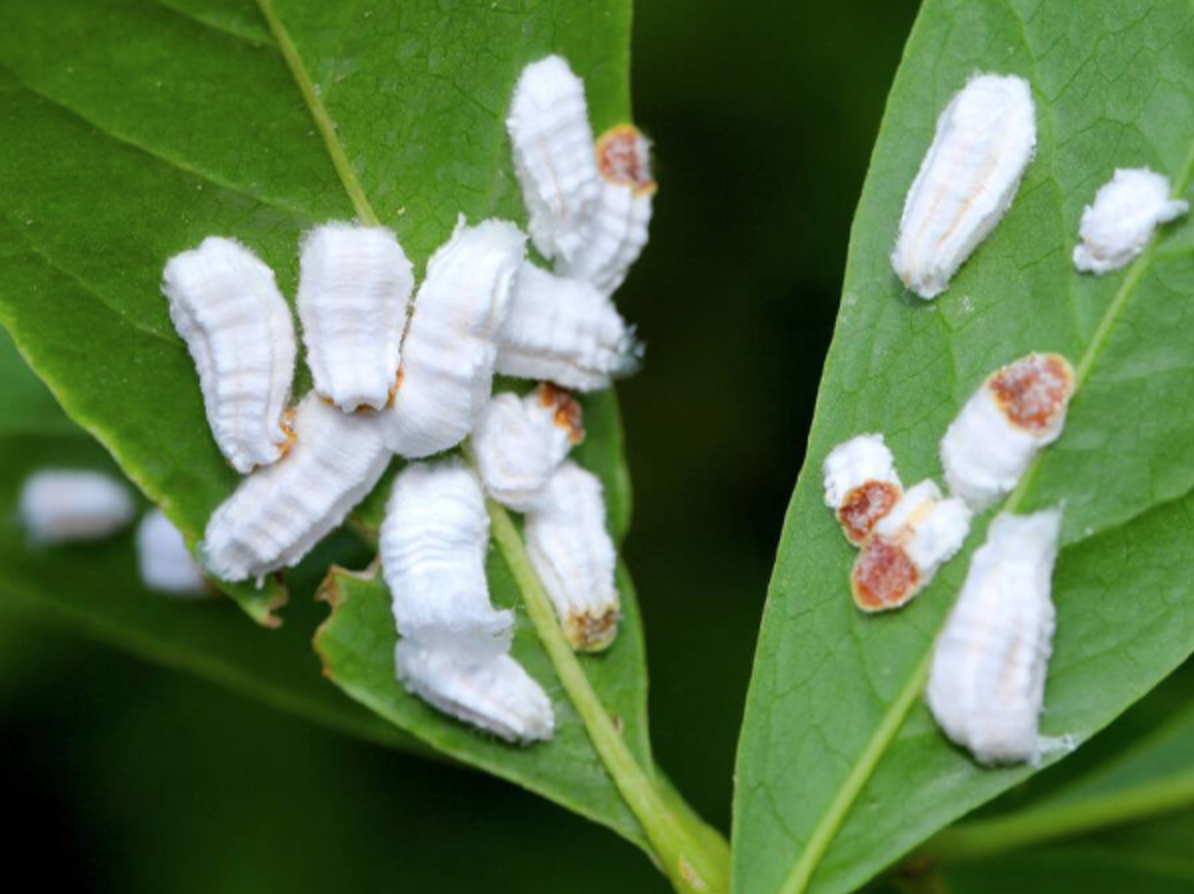How Birch Tree Care Can Help You Stay Ahead of Them
Minnesota summers were made for patio dinners, lakeside campfires, and the deep shade of mature trees. Unfortunately, warm weather also invites a lineup of insects and diseases that can turn those shade-makers into eyesores—or even hazards.
At Birch Tree Care, we believe in open, honest communication and proactive solutions. Below you’ll find the key pests and pathogens we’re watching this season, what they look like, and why timely, professional care matters.
1. Japanese Beetle
Why it matters: This shiny invader feasts on more than 300 plant species, skeletonizing leaves and stressing shrubs, trees, and even turfgrass when its grubs chew roots.
Prime time: Adults emerge in late June and peak through August, swarming favored plants like Lindens, Roses, and Birches.
What to spot:
Metallic green and copper adults clustering on foliage
Lace-like “windows” in leaves
Patches of browning lawn that peel up like loose carpet (grub feeding)
Read Our Other Blogs
Birch Tree Care approach: Monitoring starts the moment beetles appear. We can recommend low-impact strategies or, when needed, targeted treatments—always mindful of pollinators and your landscape goals.
2. Oak Wilt
Why it matters: A fast-moving fungal disease that can kill Red Oaks in weeks and is expanding—now confirmed in 33 Minnesota counties.
Prime time: Sap beetles spread the fungus April – July, making summer wounds (like storm damage or pruning cuts) especially risky.
What to spot:
Sudden wilting and browning from the top of the crown downward
Leaves with green centers and brown edges littering the ground
Rapid die-off of Red Oaks; slower decline in White and Bur Oaks
Birch Tree Care approach: We assess, confirm diagnosis, and develop integrated plans—often a mix of root-zone barriers, strategic removal, and fungistatic injections—to protect the healthy oaks that make the Twin Cities canopy special.
3. Dutch Elm Disease
Why it matters: Still the leading killer of Elms statewide; once infected, susceptible trees may die the same season. Minnesota Department of Agriculture
Prime time: Bark beetles carry spores anytime elms are actively growing, but drought-stressed trees are hit hardest.
What to spot:
“Flagging” — single branches whose leaves turn yellow then brown
Brown streaking in sapwood under the bark
Progressive crown thinning if infection spreads through root grafts
Birch Tree Care approach: Early detection is critical. We provide laboratory confirmation, sanitation pruning, and protective fungicide programs for prize elms.
4. Bur Oak Blight (BOB)
Why it matters: A relatively new fungal leaf disease causing leaf browning and drop in late summer and early fall—especially after rainy springs. MN DNR
Prime time: Symptoms ramp up from August onward.
What to spot:
Wedge-shaped brown lesions starting at leaf tips
Vein browning and black spotting
Repeated heavy defoliation that leaves trees vulnerable to other pests
Birch Tree Care approach: We evaluate severity, boost tree vigor, and—when justified—apply fungicides during the narrow spring window when they’re effective.
5. Two-Lined Chestnut Borer
Why it matters: Native beetles whose larvae tunnel beneath bark, attacking drought- or BOB-stressed Oaks and often finishing them off within two to three years.
Prime time: Adult beetles fly June–July; larval feeding continues through summer.
What to spot:
D-shaped exit holes on the trunk
Patchy branch dieback starting in the upper canopy
Sprouts (“epicormic shoots”) on the trunk as trees struggle to survive
Birch Tree Care approach: By reducing stress factors and timing preventive trunk injections, we give embattled Oaks a fighting chance.
6. Magnolia Scale
Why it matters: One of the largest soft scales; each ½-inch, dome-shaped insect sucks sap and coats branches in sticky honeydew that invites sooty mold. Populations surge from late July through August.
Prime time: Late summer crawler stage is the sweet spot for control.
What to spot:
Pinkish-orange to brown bumps along twigs
Sticky, shiny residue under the tree
Wasps, ants or bees attracted to the sugary honeydew
Birch Tree Care approach: We time horticultural oils or systemic treatments precisely to crawler emergence—keeping your Magnolias picture-perfect for spring bloom.
Staying Proactive Pays Off
Healthy trees boost property value, reduce energy costs, and make Twin Cities summers uniquely beautiful. Regular check-ups and early intervention are the easiest, most affordable ways to keep pests from getting the upper hand.
With over 100 five-star reviews, Birch Tree Care is proud to offer prompt, professional tree service rooted in valued relationships and a genuine love for trees. If you notice any of the warning signs above—or just want peace of mind—schedule a summer inspection today. We’ll walk your property, answer questions openly, and craft a care plan that’s right for you and your trees.
Your trees give you shade; let us give them exceptional care.











